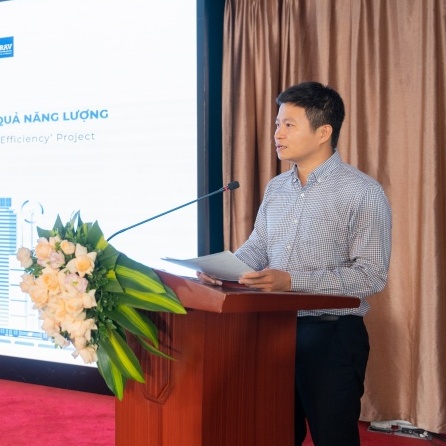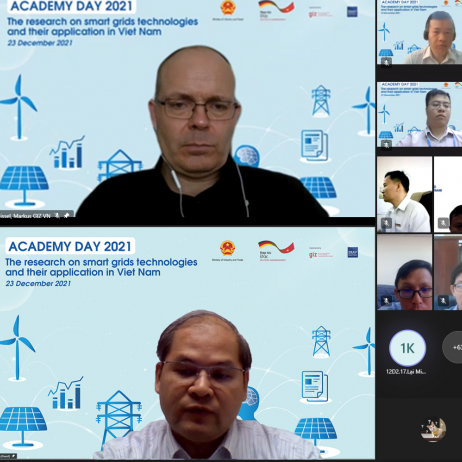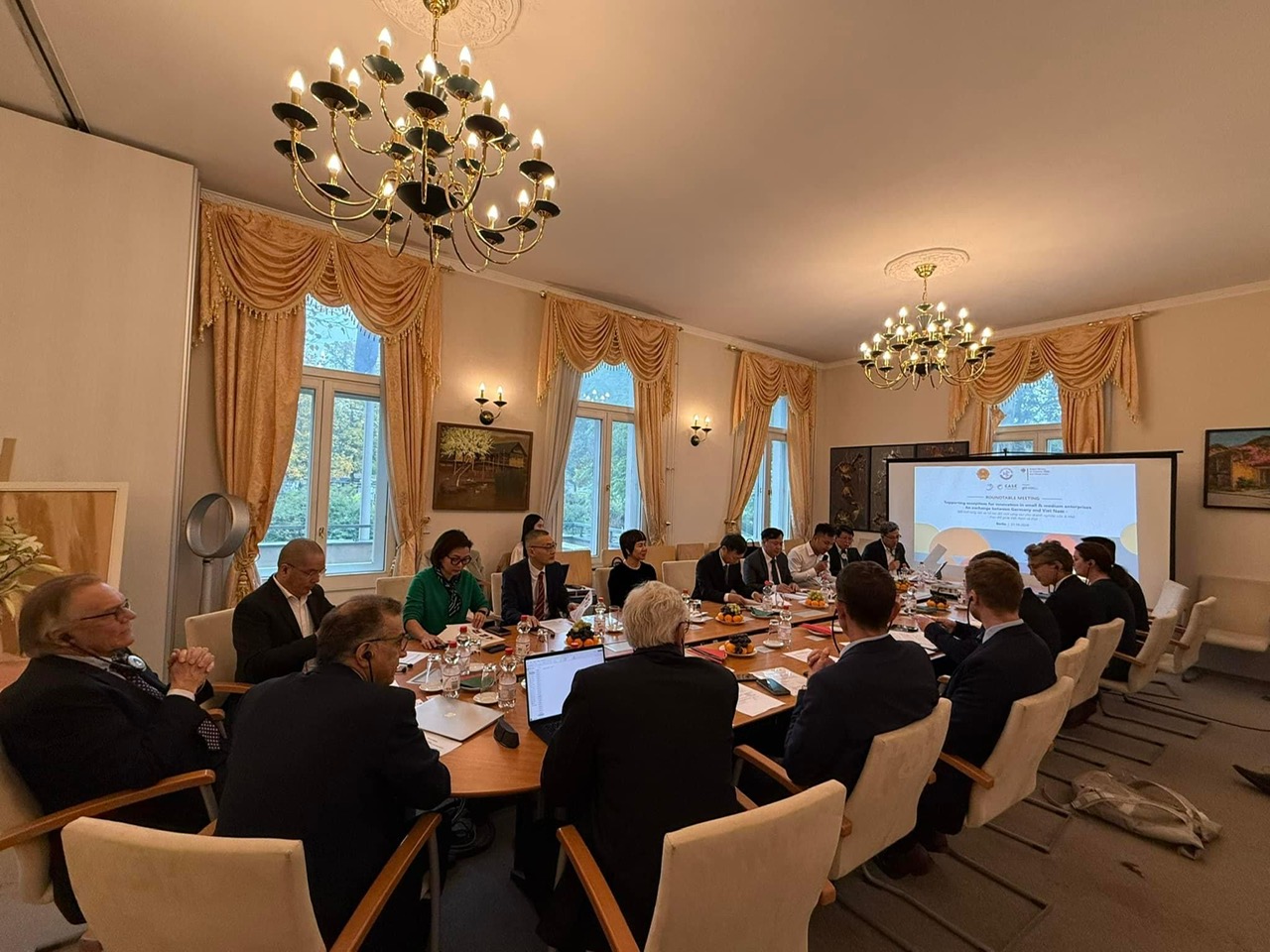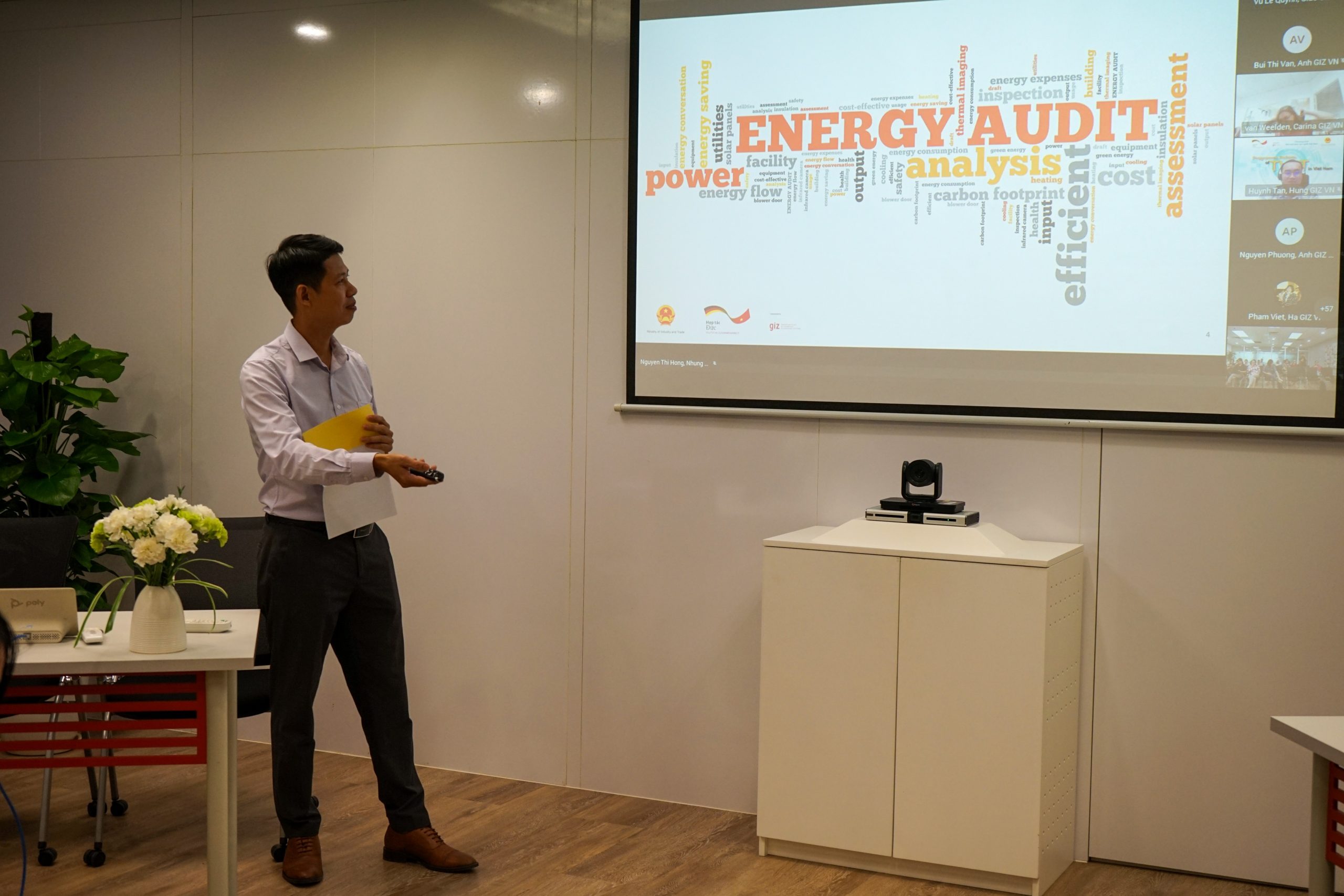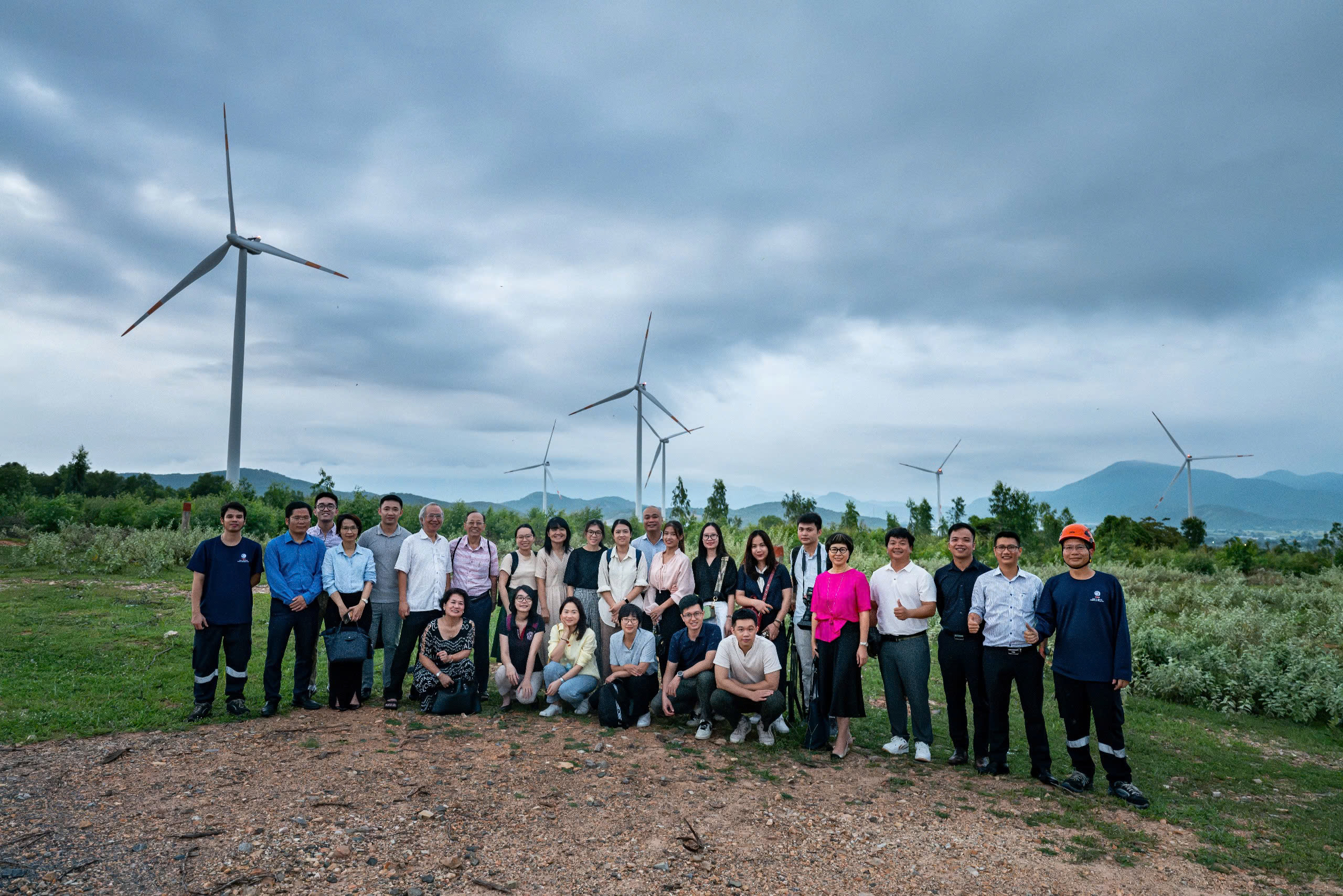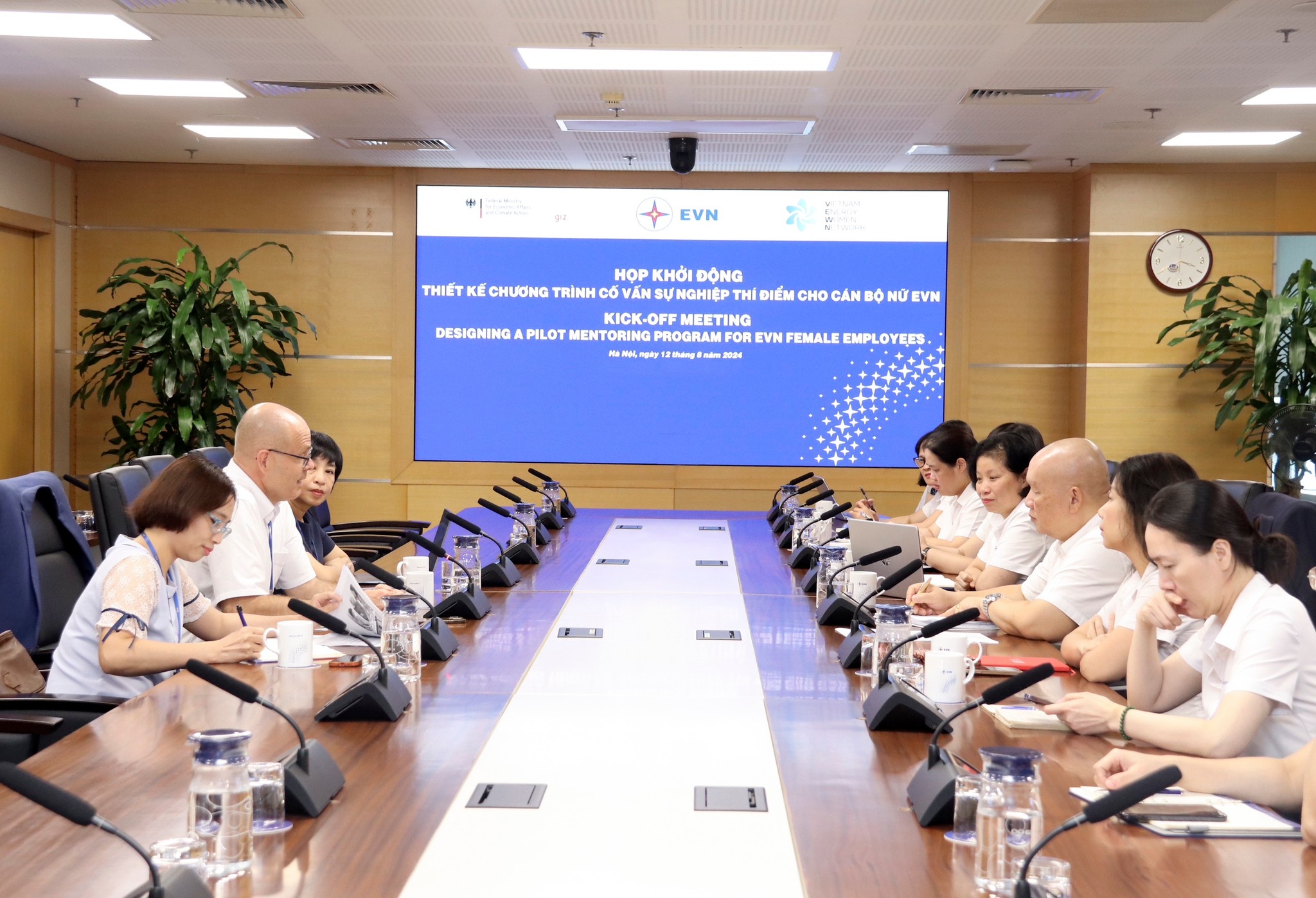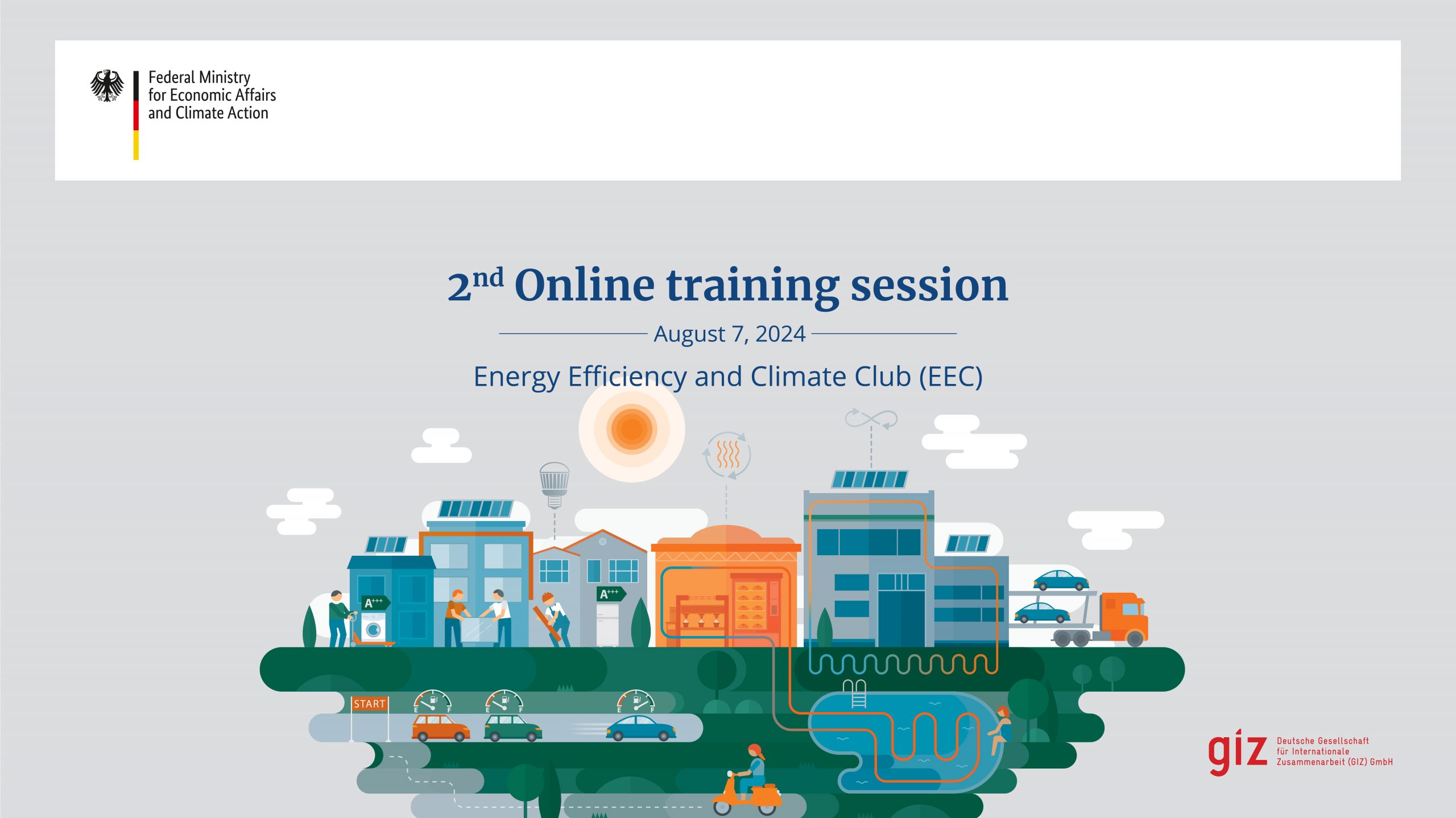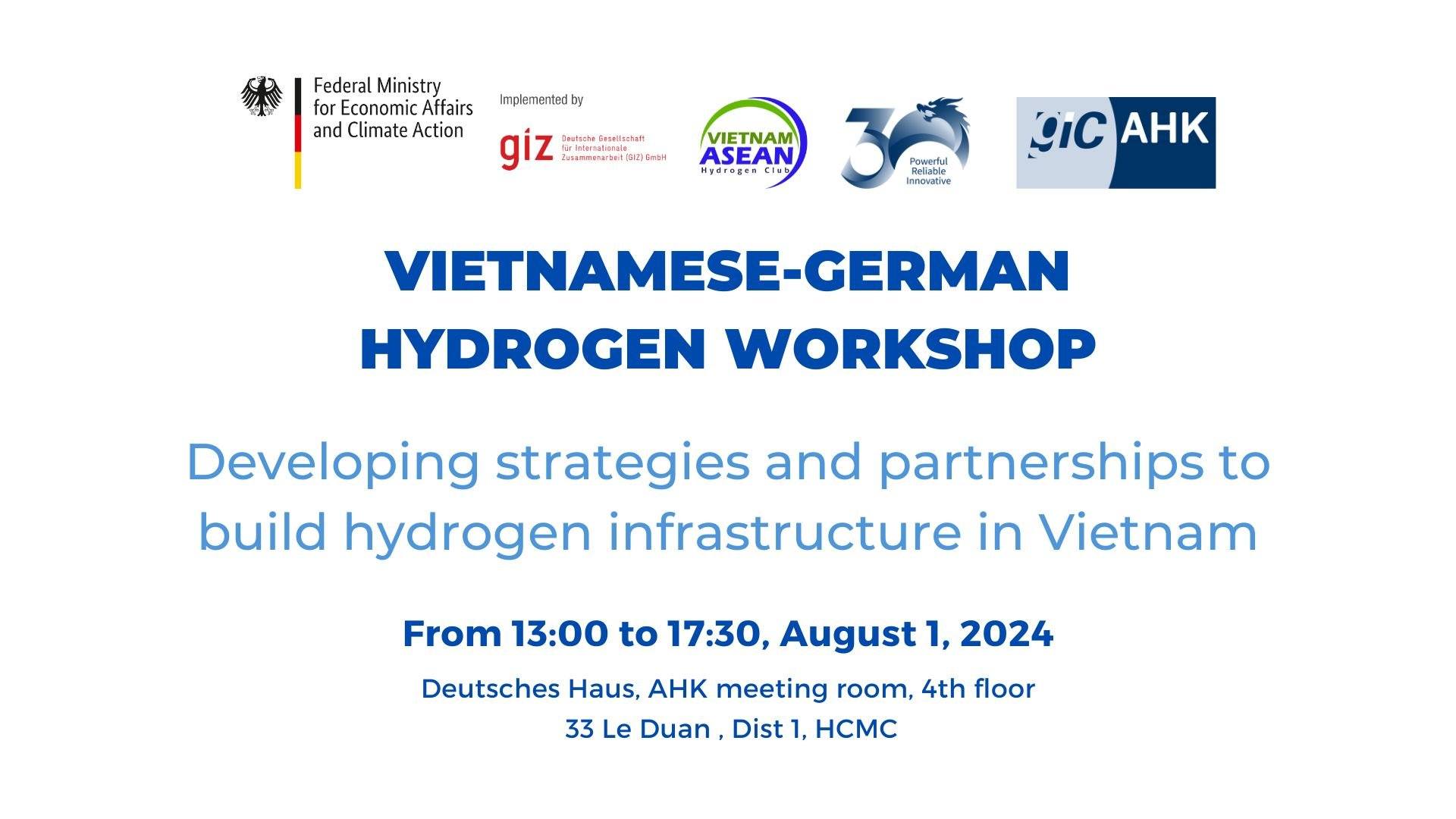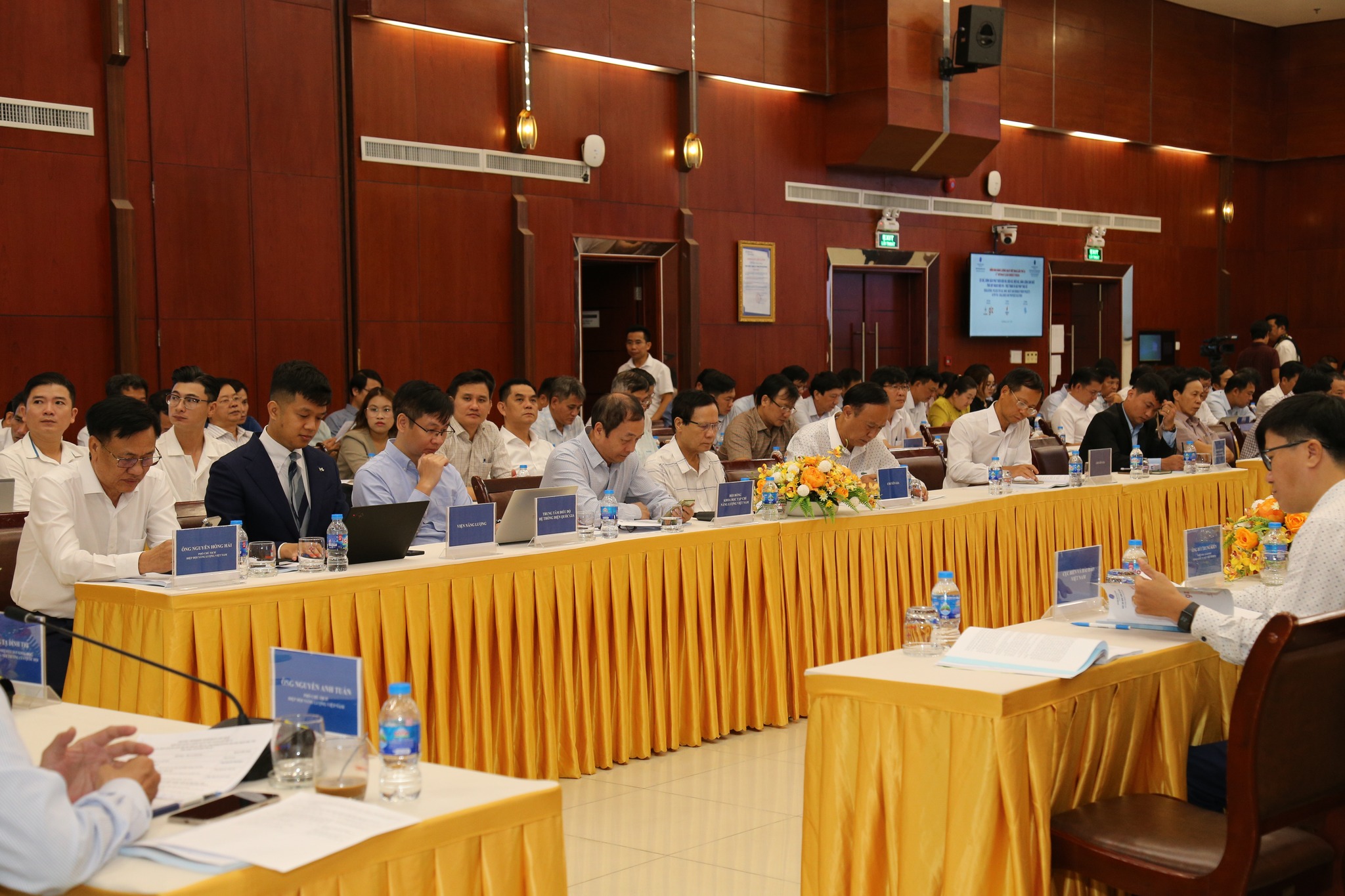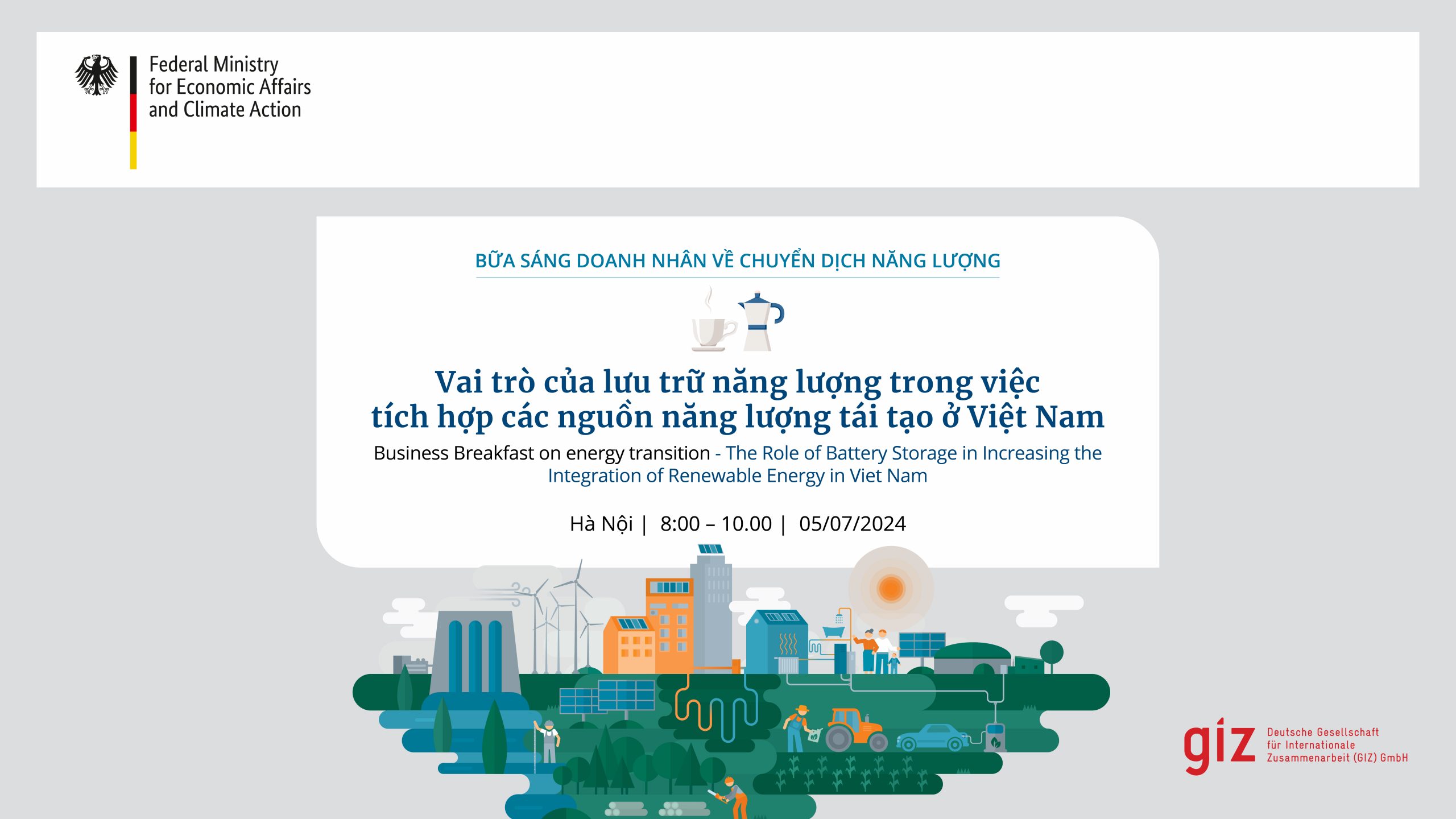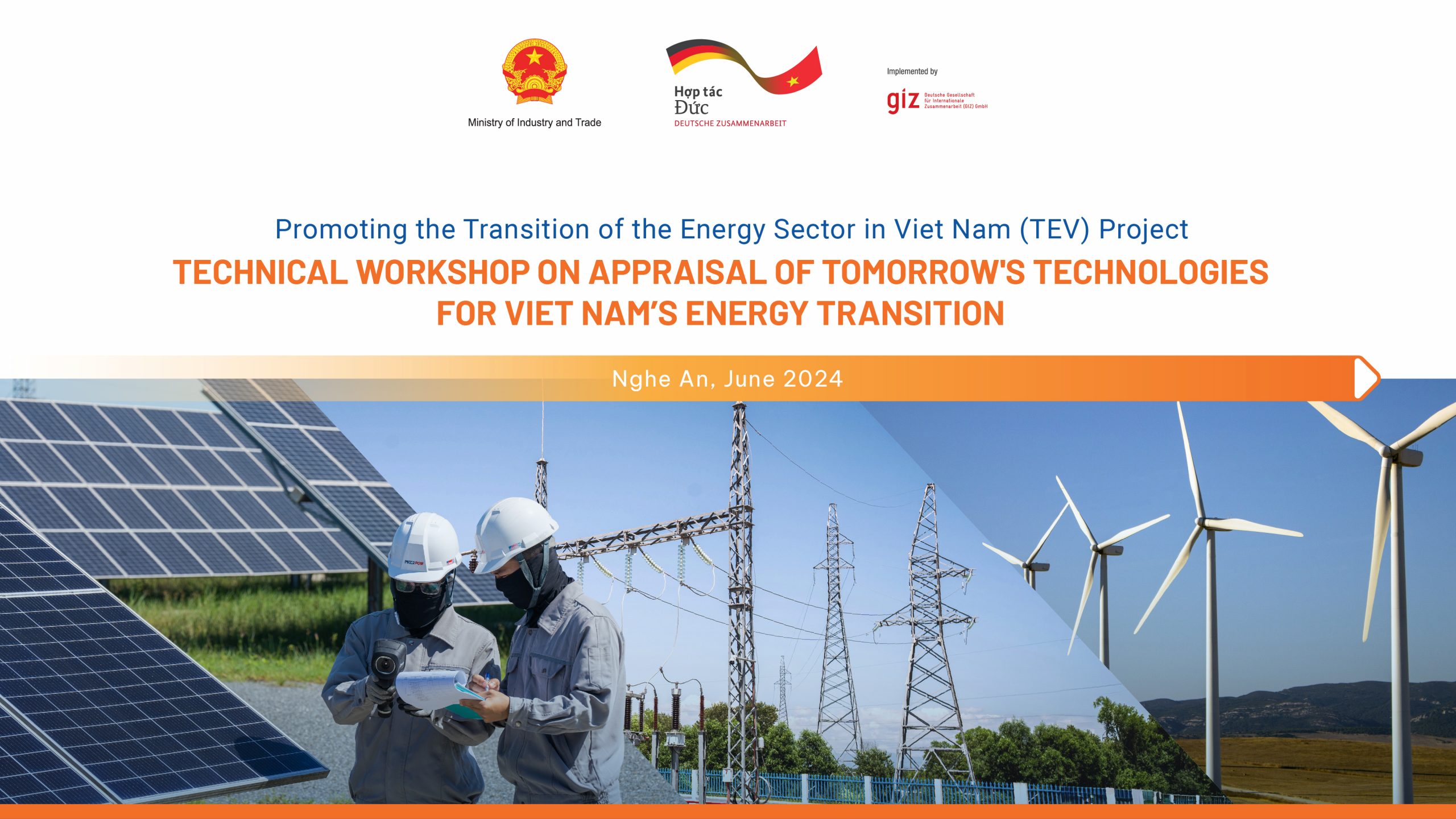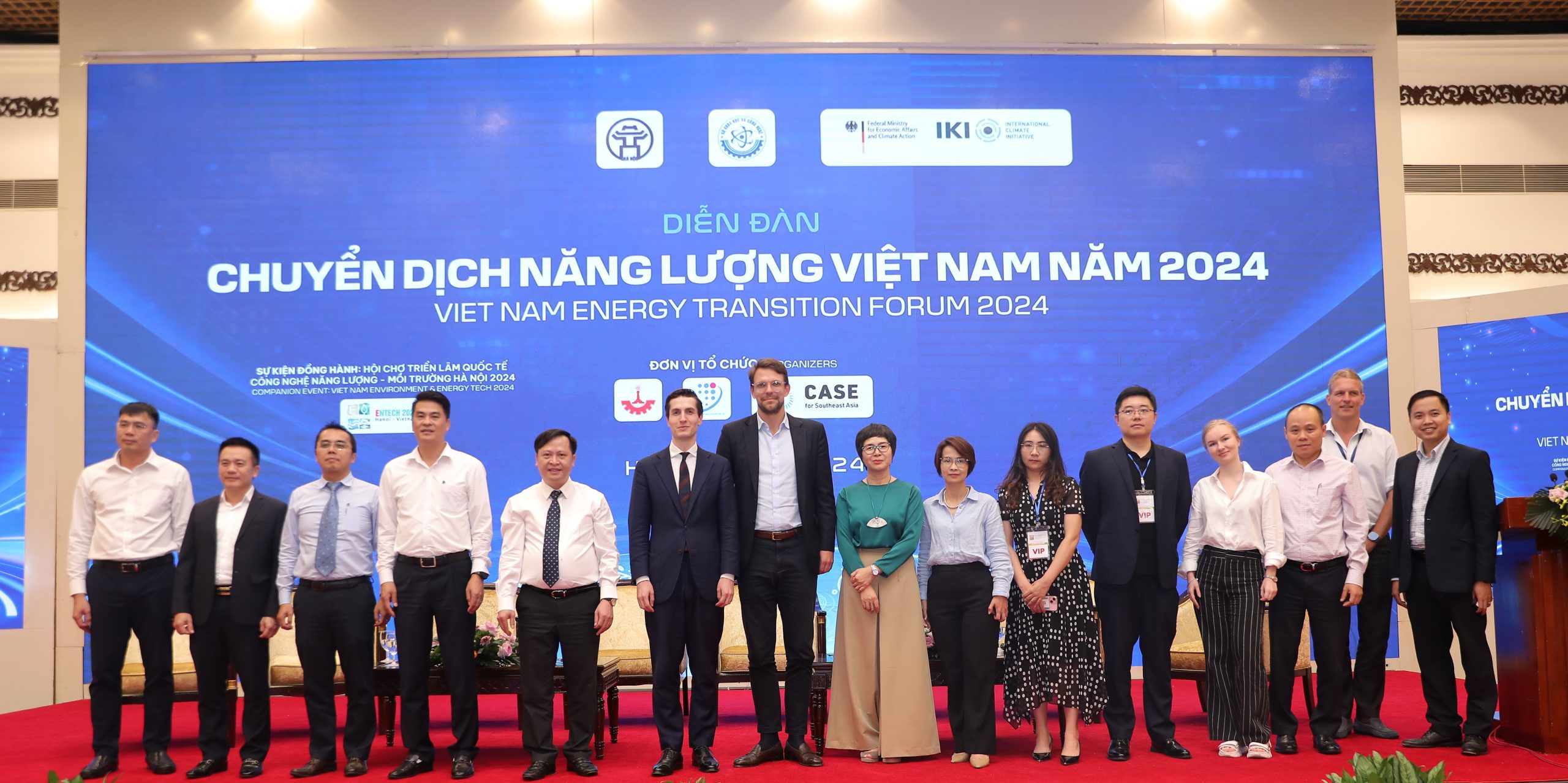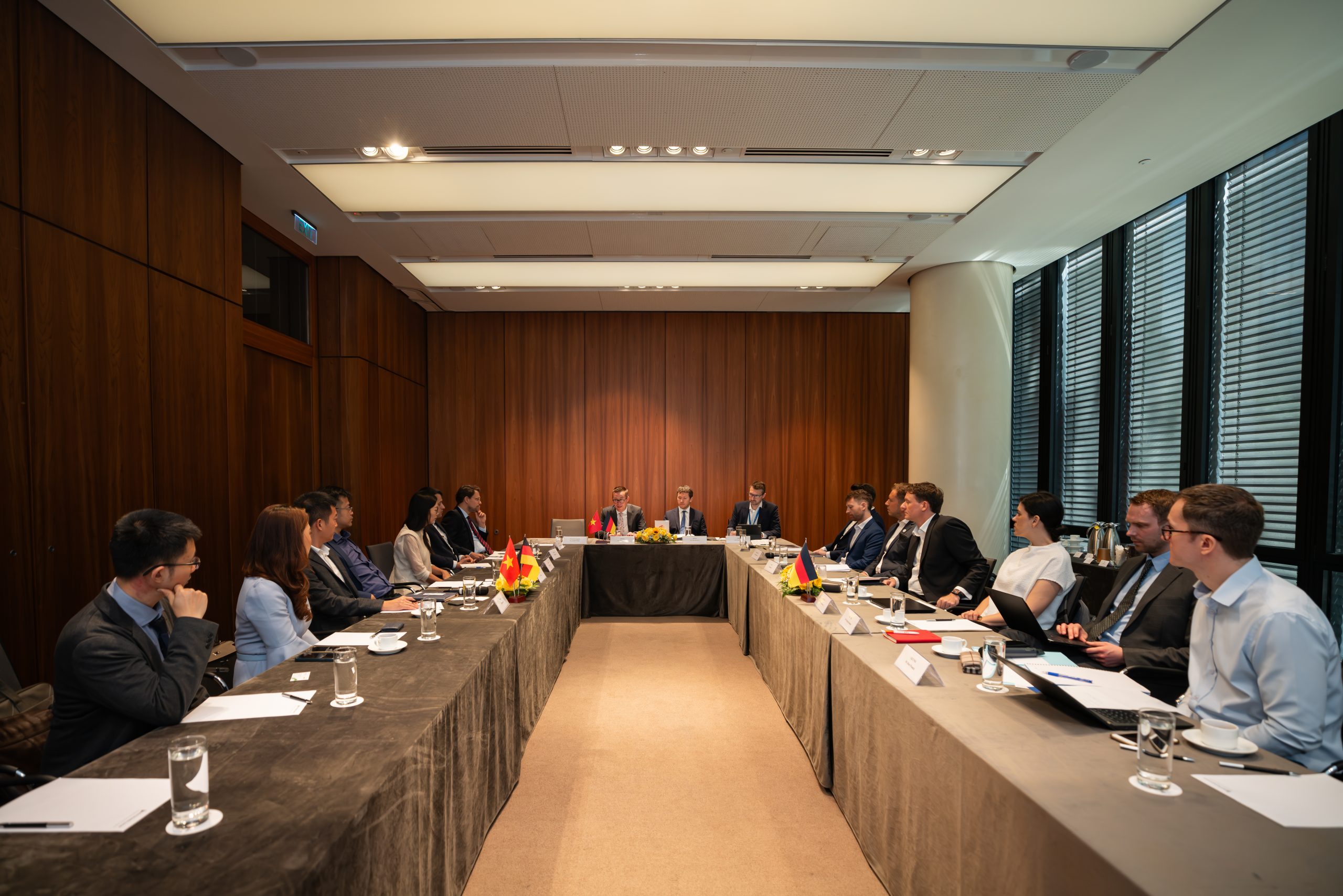Duong Manh Cuong, senior project officer of the GIZ Energy Support Programme, spoke about the new and changing incentives with wind power projects.
The government’s Decision No.39/2018/QD-TTg dated September 2018 on the revision of the wind feed-in tariff (FiT) replacing Decision No.37/2011/QD-TTg on the support mechanism for the development of wind power is seen as a positive move by the Vietnamese government to promote wind and renewable energy. Will wind power repeat the success of the solar boom in the country?
The action of the Vietnamese government to promote wind power projects will positively influence developers’ investment strategy on renewables, including wind energy. However, investment in wind energy will definitely require stricter conditions than solar energy. For instance, there is a longer timeframe for site investigation, higher capital investment, more complex technical expertise, and a longer time-frame for manufacturing and transporting heavy wind turbine components.
The new FiT of Decision 39 has been in effect since November 2018. For wind power investors, these rates will be valid until October 2021. After that, a new, less attractive FiT or a new auction scheme will be considered, and potentially applied by November 2021. However, as a lot of investment still goes to solar energy projects, developers are making no significant movement towards wind energy. I believe there will be growth and investment in the wind sector, but not as significant as that currently being experienced in solar energy.
The sea from Quy Nhon to Ho Chi Minh City is considered one of the areas with the greatest potential for offshore wind power production in the world. What are the acute needs of the offshore sector in Vietnam and how can they be addressed?
Investing in offshore wind power plants is more challenging than onshore power plants, and it is also a riskier investment for developers. Only developers and investors with sufficient understanding of the financial and technical aspects will take the risks. Therefore, clear and supportive administrative procedures on investment and planning will help bring qualified investors to the offshore wind sector. It is important to give the private sector a long-term perspective, otherwise there will be little development or investment. This was experienced after the introduction of the first wind power FiT in 2011, which was too low to attract projects. Once it was clear that a tariff revision would come, the market picked up again.
Under Decision 39, will the cut-off date for the current offshore FiT of 2021 be enough for the industry to establish itself?
Wind energy investors will face more constraints than those in the solar energy sector, especially in the longer timeframe for site inspection, the manufacturing and transporting of wind turbine components, and the difficult terrain. Moreover, unclear planning is a major concern. Therefore, within the next three years, the development of wind energy will be limited. This applies especially to the offshore sector, as the overall risks are higher than those associated with onshore projects.
Grid connection for renewable energy is among the concerns for investors to develop their projects in Vietnam. How is GIZ helping to deal with this challenge?
GIZ is actively working on several activities with the Electricity Regulatory Authority of Vietnam the Electricity and Renewable Energy Authority under the Ministry of Industry and Trade, to find ways to integrate large amounts of renewable energy to the grid. First, there is the revision of the grid code and distribution code. The overall objective here is to amend and supplement technical regulations to adapt to the increasing use of renewable energy.
Second, GIZ is working on reducing the curtailment of renewable energy, while maintaining the minimum output of conventional generators, for both technical and economic reasons. Their efforts can be broken down into physical additions, institutional changes, and operational changes, and avoiding forecasting errors.




